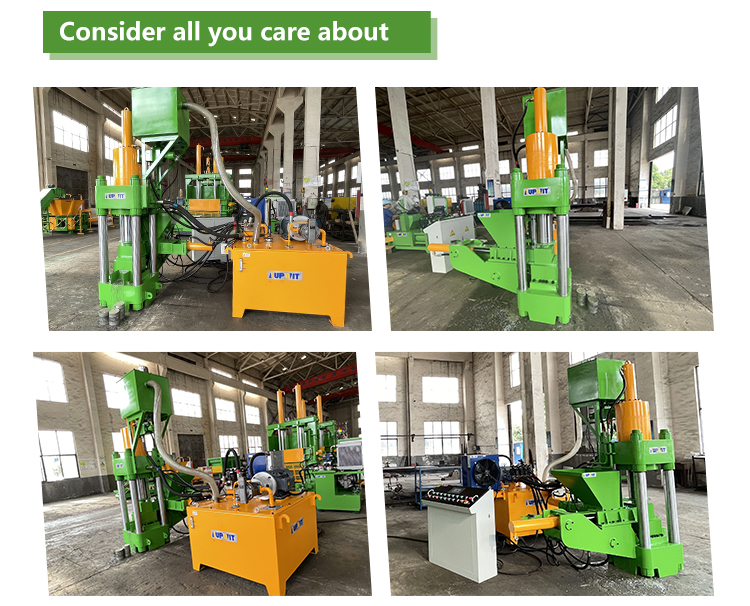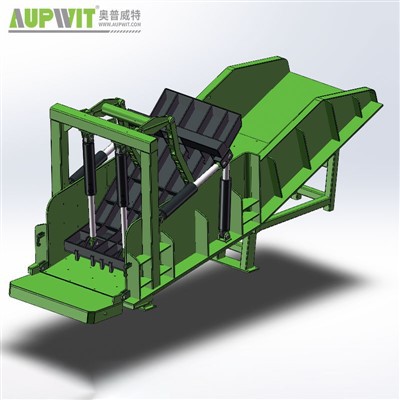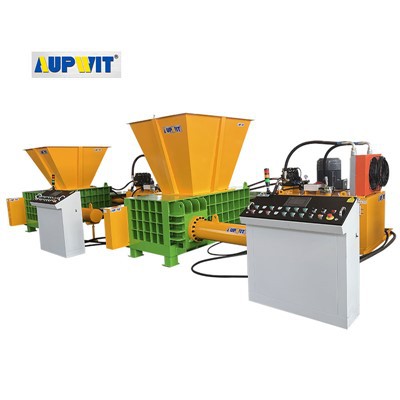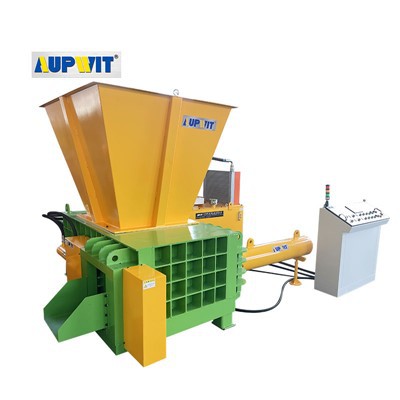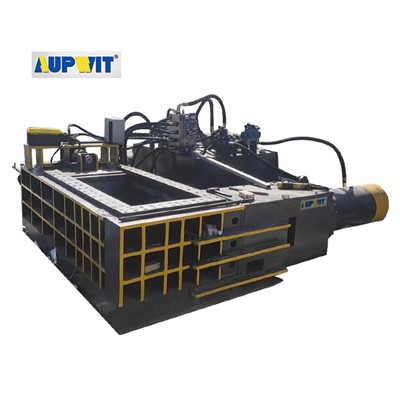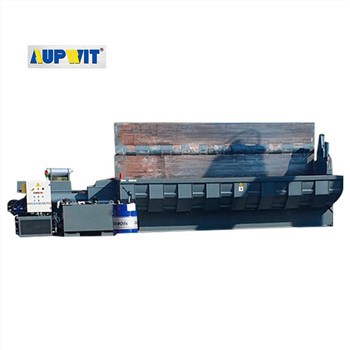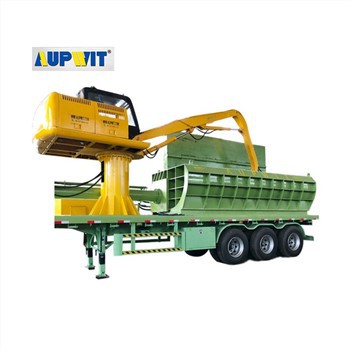1. Appearance inspection
First, conduct a comprehensive appearance inspection of the Briquetting machine. Check whether the various components of the equipment are obviously damaged, deformed or loose, such as whether the belt is worn or broken, whether the chain is loose, whether the screws are falling off, etc. At the same time, check whether the feed and discharge ports are blocked, and whether the materials are piled up around the equipment.
2. Running sound judgment
Start the Briquetting machine and listen carefully to the sound of the equipment when it is running. During normal operation, the sound of the Briquetting machine is smooth and regular. If there is abnormal noise, such as sharp friction, impact or dull roar, it may indicate that there is a problem with a component, such as bearing damage, gear wear or foreign matter between the pressure wheel and the mold.
3. Temperature check
After the equipment has been running for a period of time, touch it by hand or use a thermometer to check the temperature of key components such as the motor, reducer, and pressure wheel. If the temperature of a component is too high and exceeds the normal range, it may be caused by overload, poor lubrication or poor heat dissipation.
4. Pressure and speed detection
Check whether the pressure and speed of the Briquetting machine are normal. If the density of the briquetting does not meet the requirements, it may be insufficient or excessive pressure; if the production efficiency is significantly reduced, it may be that the equipment is running slower. Use instruments such as pressure gauges and speed sensors to detect and determine whether the pressure and speed control system is working properly.
5. Electrical system inspection
Check whether the various parameters of the electrical system, such as voltage and current, are stable within the specified range. Check whether the relays, contactors and other components of the control circuit are working properly, and whether there is a burnt smell or smoke. If the equipment suddenly stops or fails to start, it is likely that the electrical system has failed.
6. Material analysis
Observe whether the input materials meet the equipment requirements, including the material's humidity, particle size, hardness, etc. The material's characteristics that do not meet the requirements may cause equipment blockage, poor briquetting effect, and other problems. For example, if the material humidity is too high, the briquetting will be easily deformed and loose, and if the material particle size is too large, it may cause feeding difficulties.
